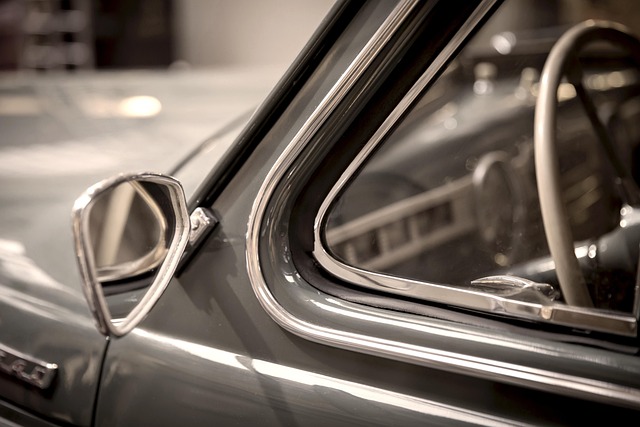Preparing classic or vintage cars for shipping demands a meticulous inspection inside and out to identify any damage, wear, or rust. Ensuring all critical components are operational and documenting the car's current state with detailed photos and notes are essential steps to protect these valuable vehicles during transit. This process, tailored for unique features and materials, leverages documentation to facilitate repairs and streamline claims management in case of damage during shipping.
Preparing to ship your classic or vintage car involves a meticulous process to ensure its safe arrival at its destination. This comprehensive guide walks you through every step, from assessing its condition and documenting its state to thorough preparation and choosing the right shipping method. Learn how to protect your cherished vehicle during transit, ensuring it arrives in pristine condition, just as you left it. Discover expert tips on packing sensitive parts, selecting reputable carriers, and navigating potential challenges unique to shipping classic cars.
- Assessing Your Classic or Vintage Car for Shipping
- – Inspecting the vehicle's condition and identifying potential issues
- – Documenting the car's current state with photos and detailed notes
Assessing Your Classic or Vintage Car for Shipping

When preparing a classic or vintage car for shipping, the first step is to conduct a thorough assessment. This involves examining the vehicle’s condition, both internally and externally. Look for any signs of damage, rust, or wear that could impact the shipping process or indicate potential issues at the destination. It’s crucial to ensure that all parts are in working order, including tires, brakes, lights, and the engine.
Additionally, consider the specific requirements of shipping classic and vintage cars. These vehicles often have unique features and materials that may require special handling during transport. Documenting the current state of the car through detailed photos and notes can be invaluable, as it provides a reference point for any repairs or maintenance needed before and after shipping. This meticulous approach to preparing your classic or vintage car ensures a smoother shipping experience.
– Inspecting the vehicle's condition and identifying potential issues

When preparing a classic or vintage car for shipping, a thorough inspection is paramount. Assess the vehicle’s condition, looking for any signs of damage, corrosion, or mechanical issues. Check underbody components, chassis, and major systems like the engine, transmission, and brakes to ensure they are in top-notch shape. This step is crucial as it helps identify potential problems that could arise during transit, allowing you to address them proactively.
Focus on both aesthetics and functionality. Examine paint job integrity, chrome work, and trim details. Ensure all windows operate smoothly, lights function properly, and the interior is clean and well-maintained. By addressing any issues before shipping, you safeguard your classic or vintage car from further damage, ensuring it arrives safely and in excellent condition.
– Documenting the car's current state with photos and detailed notes

Before shipping a classic or vintage car, documenting its current state is an essential step in the preparation process. This involves taking detailed photographs from various angles, capturing both the exterior and interior conditions. Additionally, jot down comprehensive notes describing any existing repairs, modifications, or unique features. Such documentation serves as a valuable reference during and after shipping, ensuring that the car’s history remains intact and facilitating easier claim management in case of any damage during transit.
It is crucial to document not just obvious issues but also subtle ones. Check for any signs of wear and tear, rust, or paint imperfections. Inspect the tires, fluids, and electrical systems. By thoroughly documenting the car’s condition, you create a comprehensive record that can be used to assess its state before and after shipping, making it easier to identify potential shipping-related damages.
When preparing a classic or vintage car for shipping, meticulous assessment and documentation are key. By thoroughly inspecting your vehicle and recording its current condition, you ensure a smoother shipping process and protect its value during transit. This method, specifically tailored to the unique needs of classic cars, allows for better navigation of potential issues and provides a crucial reference point upon delivery. Effective preparation is half the battle in safe and successful shipping of these cherished vehicles.
